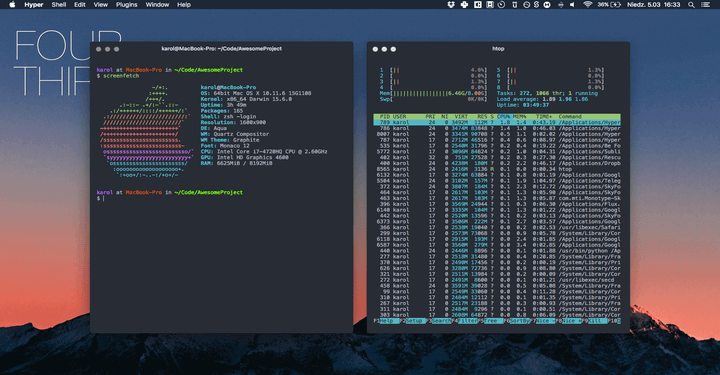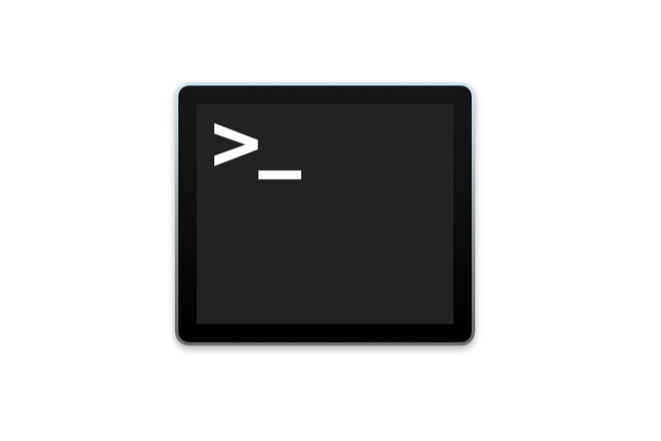

On macOS, use the Option key as the Meta key.ĭetect and highlight commands that can be used as IDE features instead of running them in the terminal and reading console output. Highlight HTTP links in the terminal and make them clickable. Shell integration works for sh, bash, zsh, and fish shells. Integrate the terminal with the system shell to properly keep track of your command history for sessions and load a custom config file with required environment variables. Use shell-specific shortcuts instead of IDE shortcuts when the Terminal tool window is active.

Paste clipboard contents by clicking the middle mouse button. Here are some examples of different shells:Ĭygwin: "C:\cygwin\bin\bash.exe" -login -iĬlose the current session when the corresponding process ends (for example, by kill).Įnable the mouse pointer support in the embedded local terminal.Ĭopy text selected in the terminal to the clipboard.

P圜harm should automatically detect the default shell based on your environment. Specify the shell that will run by default. These settings affect the terminal only for the current project:
WHAT IS TERMINAL FOR MAC BUT TO WINDOWS WINDOWS
Open the Terminal tool windowįrom the main menu, select View | Tool Windows | Terminal or press Alt+F12. For information about changing the shell, see Configure the terminal emulator. Initially, the terminal emulator runs with your default system shell, but it supports many other shells, such as Windows PowerShell, Command Prompt cmd.exe, sh, bash, zsh, csh, and so on. Use it to run Git commands, set file permissions, and perform other command-line tasks without switching to a dedicated terminal application. P圜harm includes an embedded terminal emulator for working with your command-line shell from inside the IDE. This feature is not available in the Educational edition of P圜harm.


 0 kommentar(er)
0 kommentar(er)
